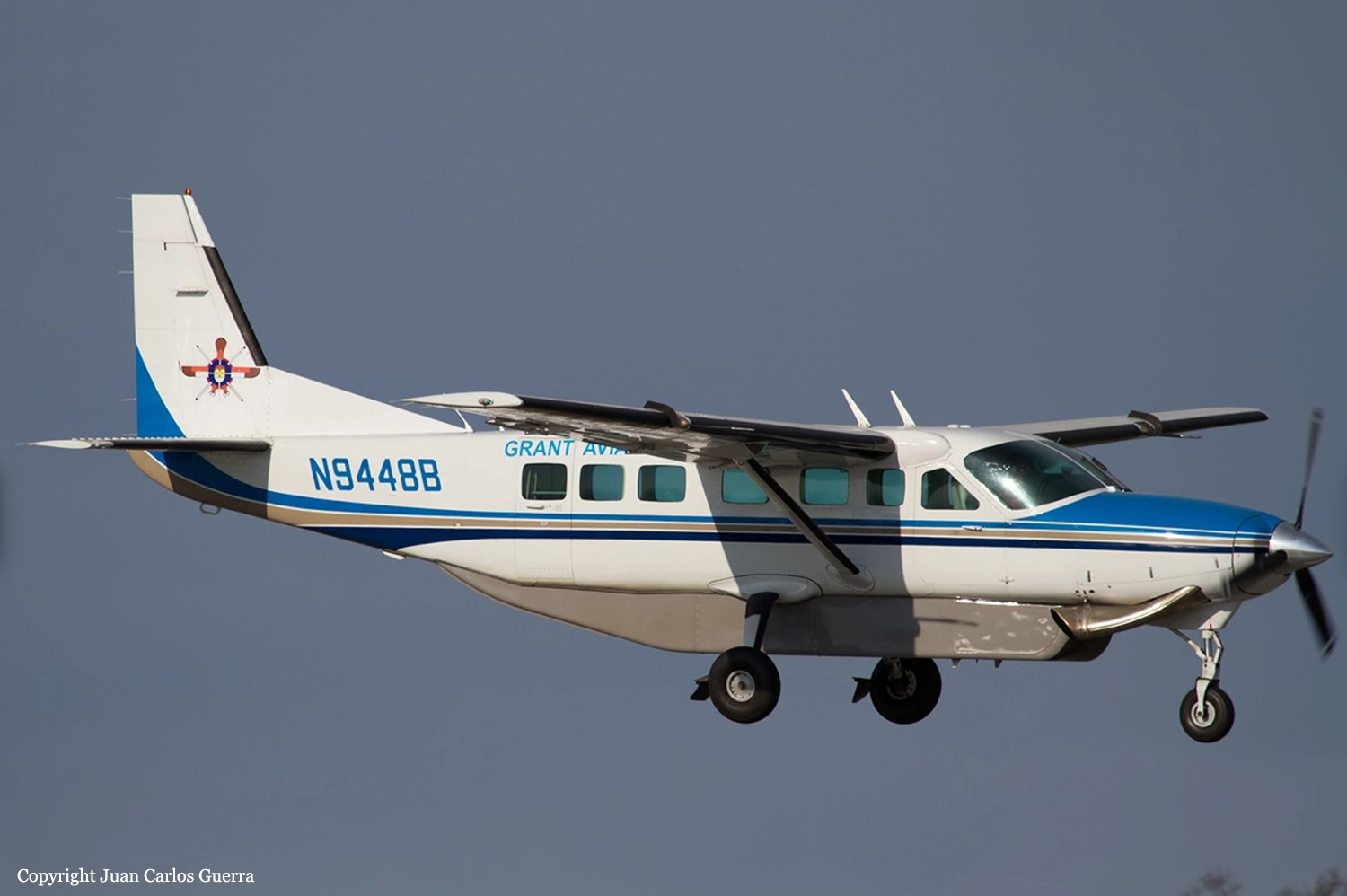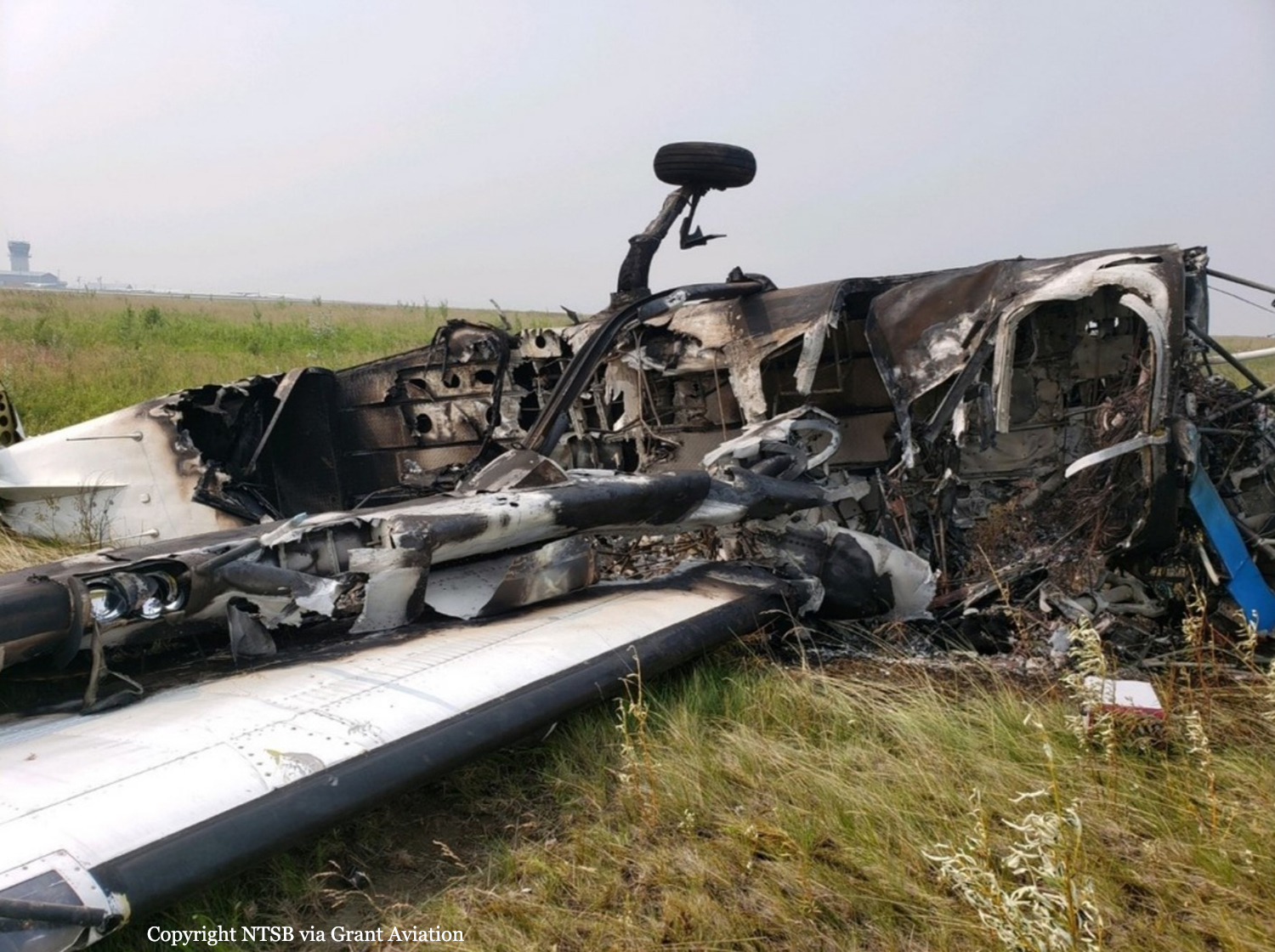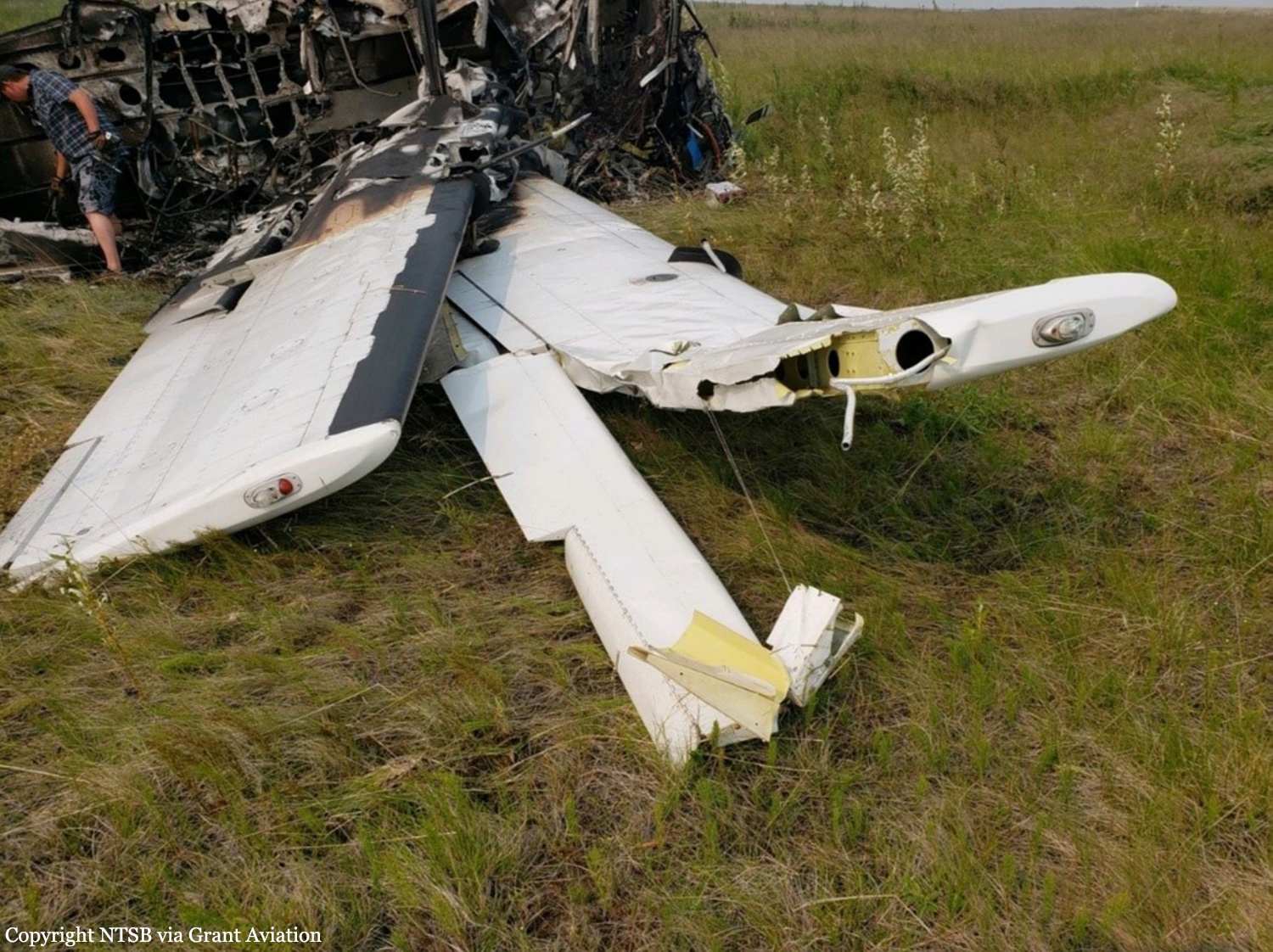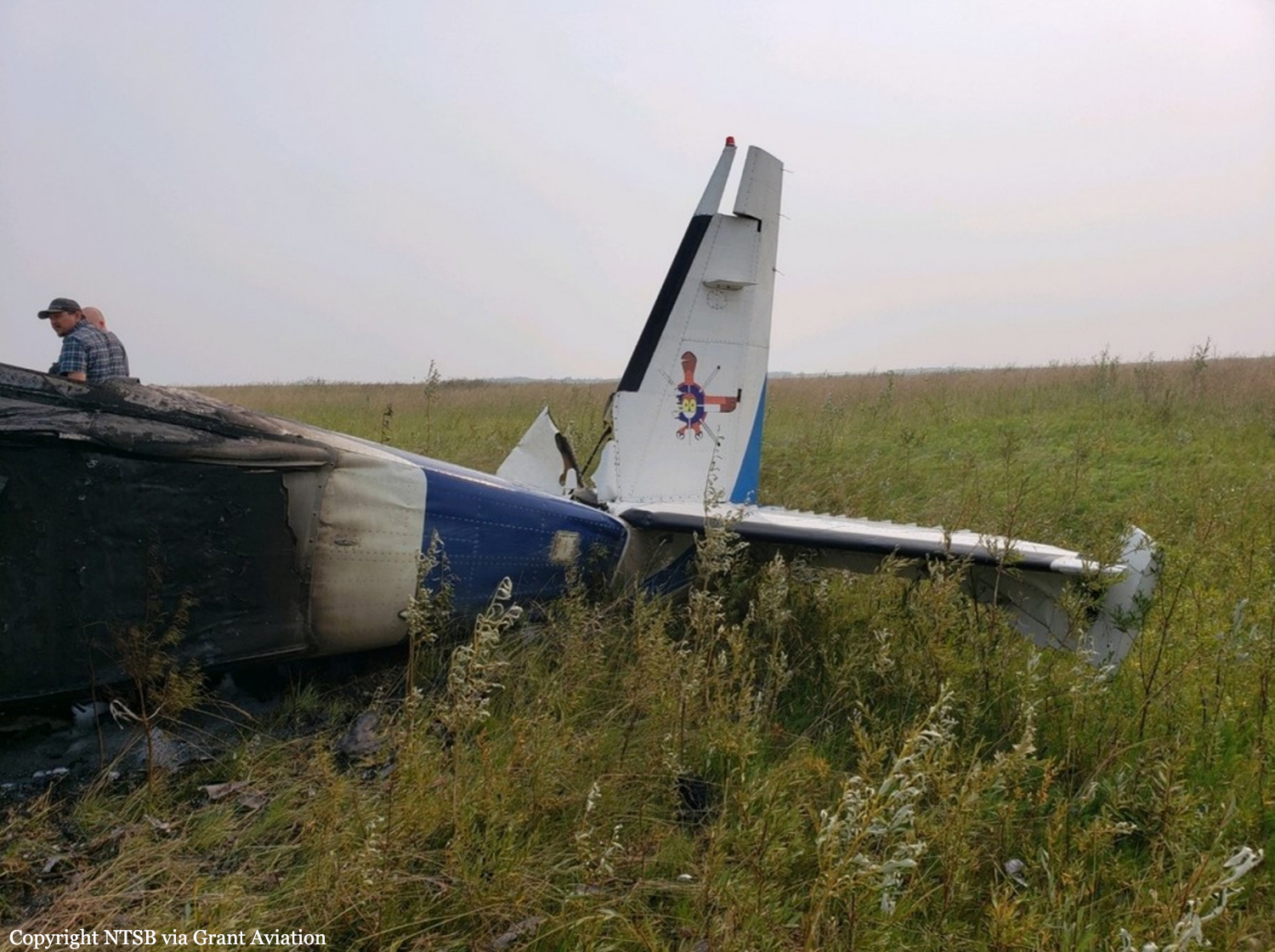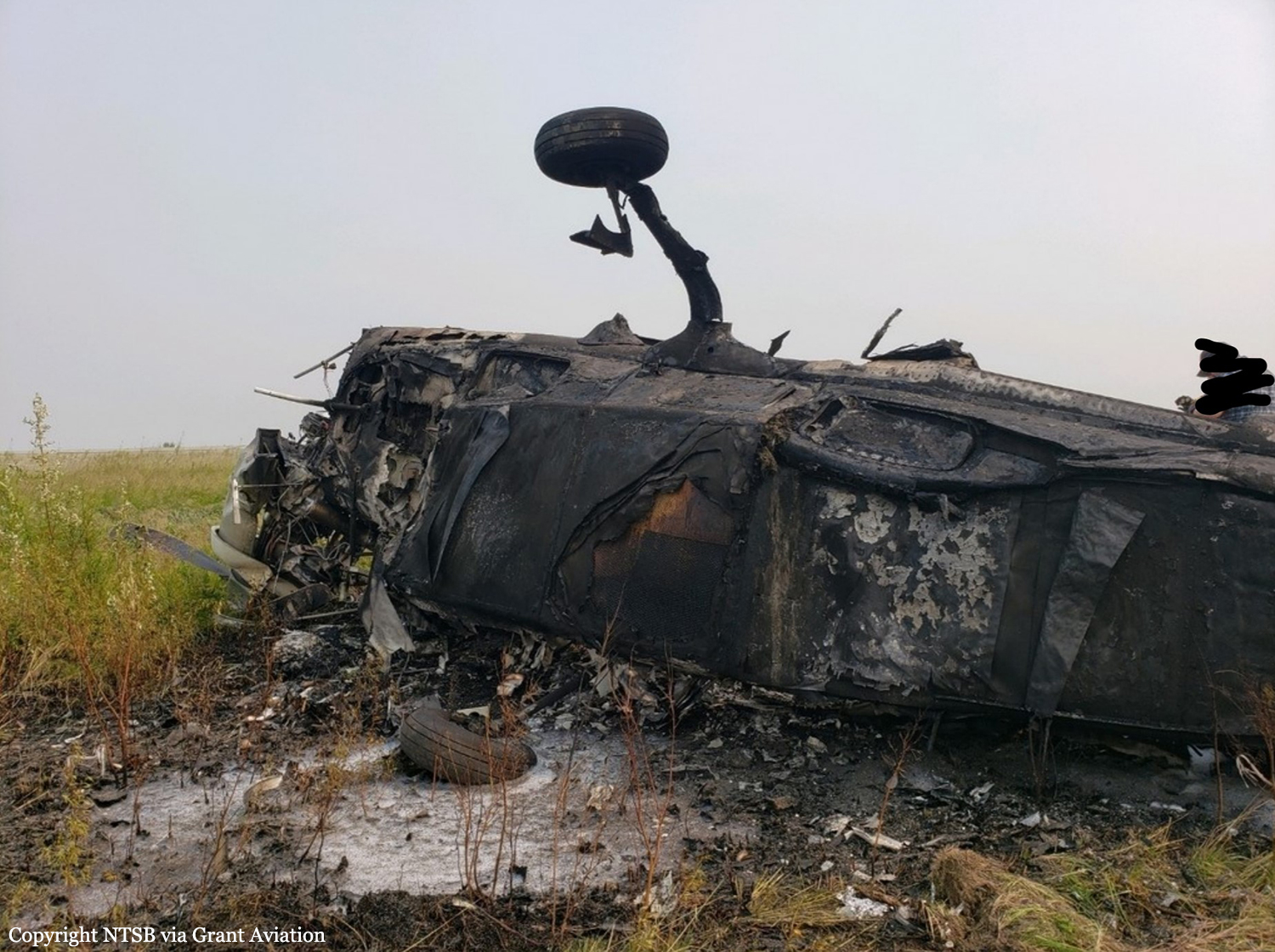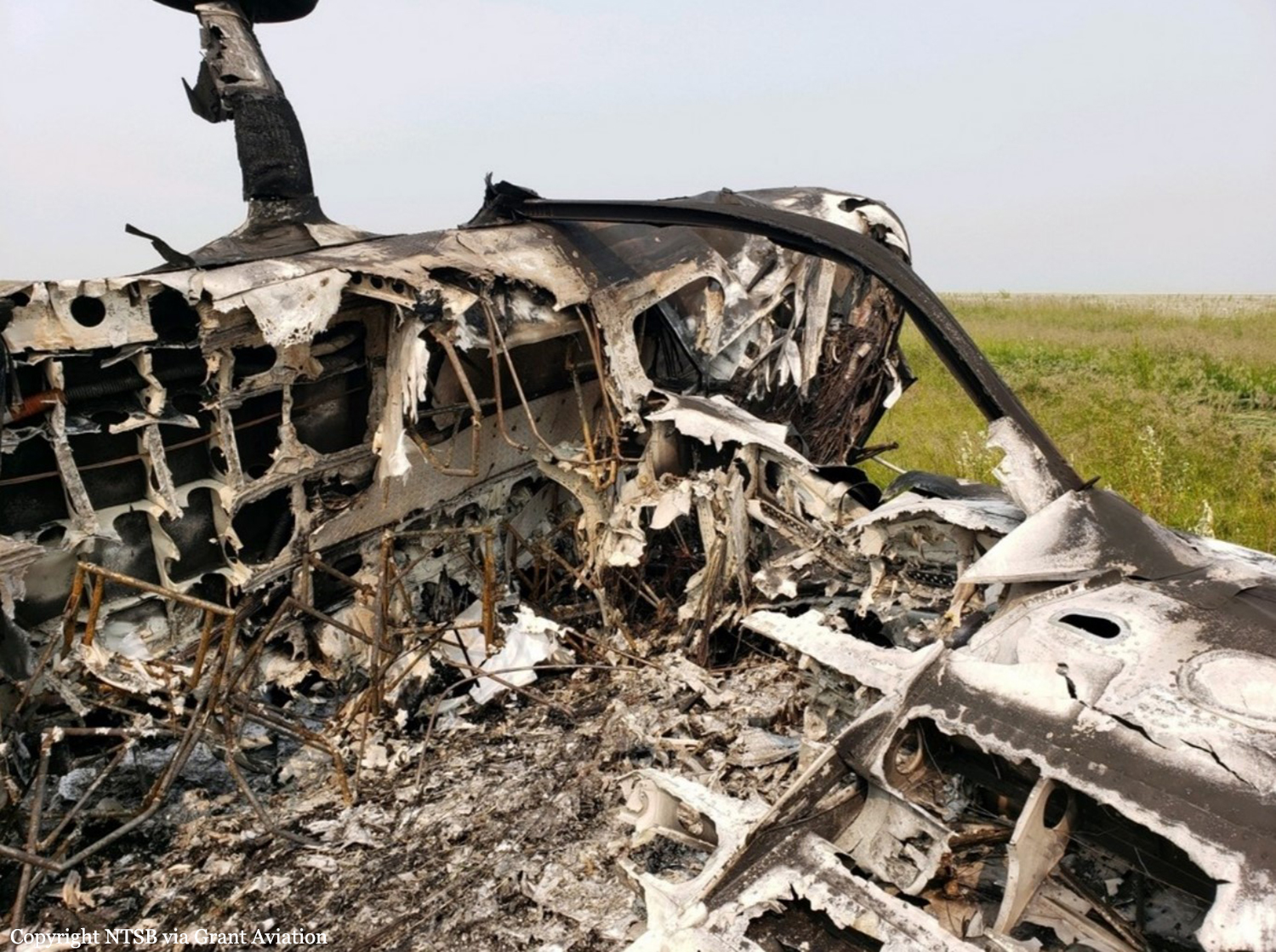Crash of a Piper PA-46-310P Malibu in Poughkeepsie
Date & Time:
Jul 19, 2019 at 1440 LT
Registration:
N811SK
Survivors:
Yes
Schedule:
Akron – Pawtucket
MSN:
46-8508046
YOM:
1985
Crew on board:
1
Crew fatalities:
Pax on board:
3
Pax fatalities:
Other fatalities:
Total fatalities:
0
Captain / Total hours on type:
300.00
Aircraft flight hours:
2641
Circumstances:
The pilot was in cruise flight at an altitude of 19,000 feet mean sea level (msl) for about 1 hour and 10 minutes on an easterly heading when he requested a diversion from his filed destination to an airport along his route of flight to utilize a restroom. Two miles west of his amended destination at 12,000 ft msl, the pilot advised the controller that he had a “fuel emergency light" and wanted to expedite the approach. The controller acknowledged the low fuel warning and cleared the airplane to descend from its assigned altitude. Instead of conducting the descent over the airport, the airplane continued its easterly heading past the airport for nearly 8 miles before reversing course. After reversing course, instead of assuming a direct heading back to the airport, the pilot assumed a parallel reciprocal track and didn’t turn for the airport until the airplane intercepted the extended centerline of the landing runway. The pilot informed the controller that he was unable to make it to the airport and performed a forced landing less than 1 mile from the landing runway. Both fuel tanks were breached during the accident sequence, and detailed postaccident inspections of the airplane’s fuel system revealed no leaks in either the supply or return sides of the system. A computer tomography scan and flow-testing of the engine-driven fuel pump revealed no leaks or evidence of fuel leakage. The engine ran successfully in a test cell. Data recovered from an engine and fuel monitoring system revealed that, during the two flights before the accident flight, the reduction in fuel quantity was consistent with the fuel consumption rates depicted at the respective power settings (climb, cruise, etc). During the accident flight, the reduction in fuel quantity was consistent with the indicated fuel flow throughout the climb; however, the fuel quantity continued to reduce at a rate consistent with a climb power setting even after engine power was reduced, and the fuel flow indicated a rate consistent with a cruise engine power setting. The data also showed that the indicated fuel quantity in the left and right tanks reached 0 gallons within about 10 minutes of each other, and shortly before the accident. Given this information, it is likely that the engine lost power due to an exhaustion of the available fuel supply; however, based on available data and findings of the fuel system and component examinations, the disparate rates of indicated fuel flow and fuel quantity reduction could not be explained.
Probable cause:
A total loss of engine power due to fuel exhaustion as the result of a higher-than-expected fuel quantity reduction. Contributing was the pilot’s continued flight away from his selected precautionary landing site after identification of a fuel emergency, which resulted in inadequate altitude and glide distance available to complete a successful forced landing.
Final Report:
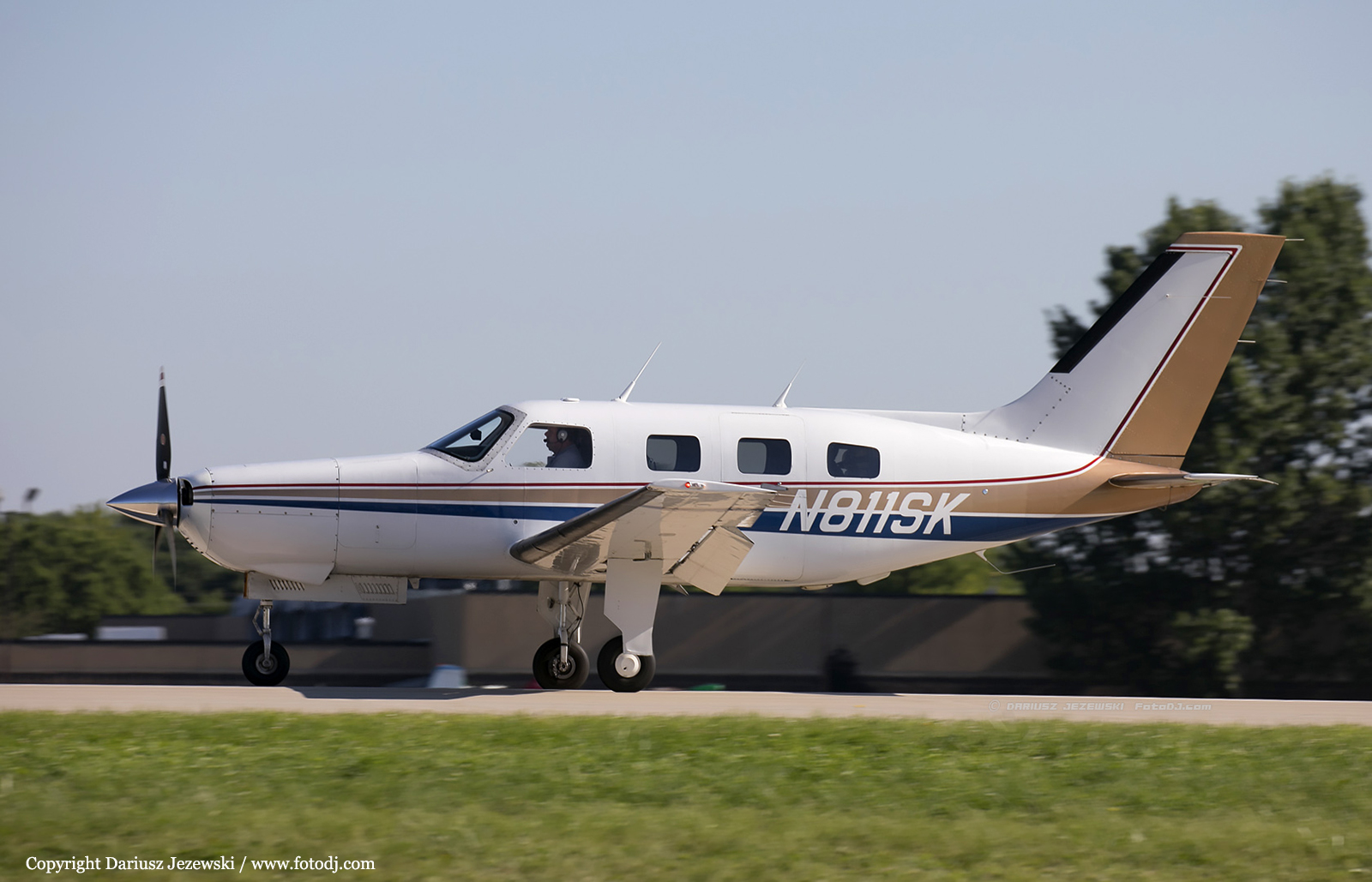
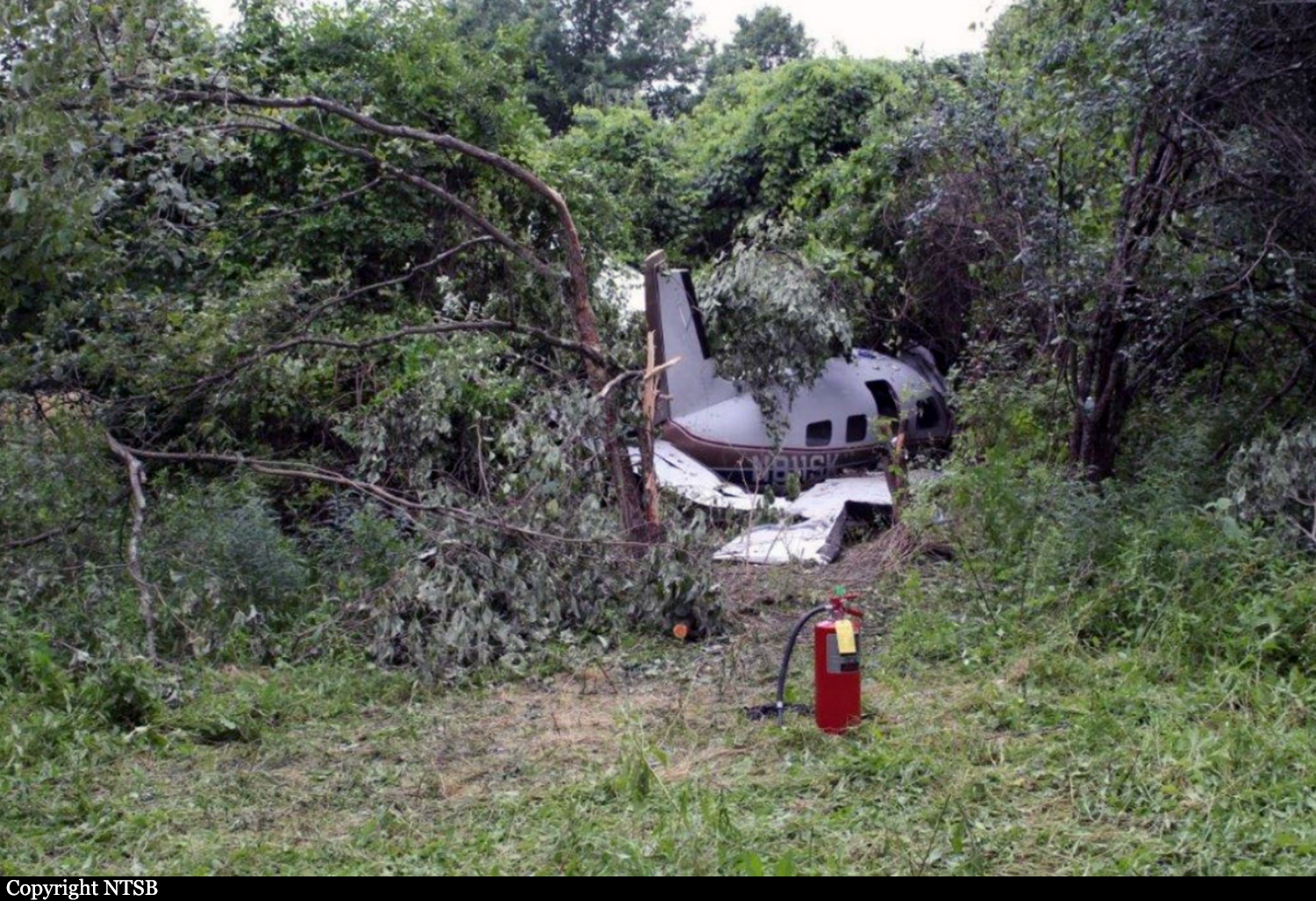

Crash of a De Havilland DHC-2 Beaver off Seldovia: 1 killed
Date & Time:
Jul 19, 2019 at 1010 LT
Registration:
N68083
Survivors:
Yes
Schedule:
Seldovia – Anchorage
MSN:
1254
YOM:
1958
Crew on board:
1
Crew fatalities:
Pax on board:
6
Pax fatalities:
Other fatalities:
Total fatalities:
1
Captain / Total hours on type:
150.00
Aircraft flight hours:
29448
Circumstances:
The pilot stated that, during takeoff in the float-equipped airplane, he saw the left float begin to move into his peripheral vision from the left cockpit window and the airplane began to yaw to the left. The left wing subsequently impacted the water and the airplane nosed over, separating the right wing from the fuselage. The passengers consistently reported choppy water conditions at the time of the accident; one passenger reported that white caps were visible on the ocean waves in the distance. The passengers said that, during the takeoff, the airplane impacted a swell or wave and nosed over abruptly, and the cabin rapidly filled with water. Examination of the float assembly revealed fractures in the left front flying wire attachment fitting and the right rear flying wire attachment strap and hole elongation in the left rear flying wire attachment fitting. Additionally, the bolts attaching the two left flying wire attachment fittings to the left float were bent, and the two flying wires that had been attached to the fractured attachment fitting and attachment strap were buckled. While some areas of corrosion were observed on the fractured left forward fitting, the total area of corrosion was a small percentage of the total cross-section, and the remainder of the fracture and associated deformation of the lug was consistent with ductile overstress fracture. Similar areas of corrosion were also observed on each of the intact flying wire attachment fittings. Post-accident testing completed by the float manufacturer revealed that buckling of flying wires similar to that observed on the accident airplane was only reproduced at strap and fitting failure loads above 9,000 pounds force; the design specification load was 3,453 pounds of force. This indicates that the small amount of corrosion present on the fractured flying wire attachment fitting did not reduce its loadcarrying capability below the design specification load of 3,453 pounds of force, and that both the flying wire attachment fitting and flying wire attachment strap fractured due to overload. Therefore, it is likely that the accident airplane floats were subject to forces that exceeded their design limitations, resulting in overload of the flying wires attached to the left float. It is also likely that, given the lack of damage on either float, the force was due to impact with an ocean wave or swell and not by striking an object.
Probable cause:
The airplane's floats impact with an ocean wave or swell, which exceeded the design load specifications of the flying wire assemblies and resulted in a partial separation of the float assemblies.
Final Report:


Crash of a Cessna 550 Citation II in Mesquite
Date & Time:
Jul 17, 2019 at 1844 LT
Registration:
N320JT
Survivors:
Yes
Schedule:
Pasco - Las Vegas
MSN:
550-0271
YOM:
1981
Crew on board:
1
Crew fatalities:
Pax on board:
0
Pax fatalities:
Other fatalities:
Total fatalities:
0
Captain / Total hours on type:
2000.00
Aircraft flight hours:
9000
Circumstances:
While approaching class B airspace, the airline transport pilot was in communication with a controller who later stated that the pilot's speech was slurred, and the controller repeatedly asked if the oxygen system on the airplane was working properly. As the airplane approached a nearby airport, about 85 miles from his destination airport, the pilot stated he had the airport in sight and repeatedly requested a visual approach. The controller instructed the pilot to continue his flight to his destination, in a southwest direction. As the controller attempted to maintain communications, the pilot dropped off radar shortly after passing the nearby airport and subsequently landed at the nearby airport, which was not his destination airport. According to a surveillance video and impact marks on the runway, the airplane landed hard about halfway down the runway and slid to a stop on the left side of the runway. The airplane fuselage and wings were mostly consumed by postimpact fire. After authorities arrived onsite, the pilot was arrested for operating an aircraft under the influence of alcohol. The pilot was found to have a blood alcohol level of .288, which likely contributed to the pilot landing at the incorrect airport and his subsequent loss of airplane control during landing.
Probable cause:
The pilot's operation of the airplane while intoxicated, which resulted in a loss of airplane control on landing.
Final Report:
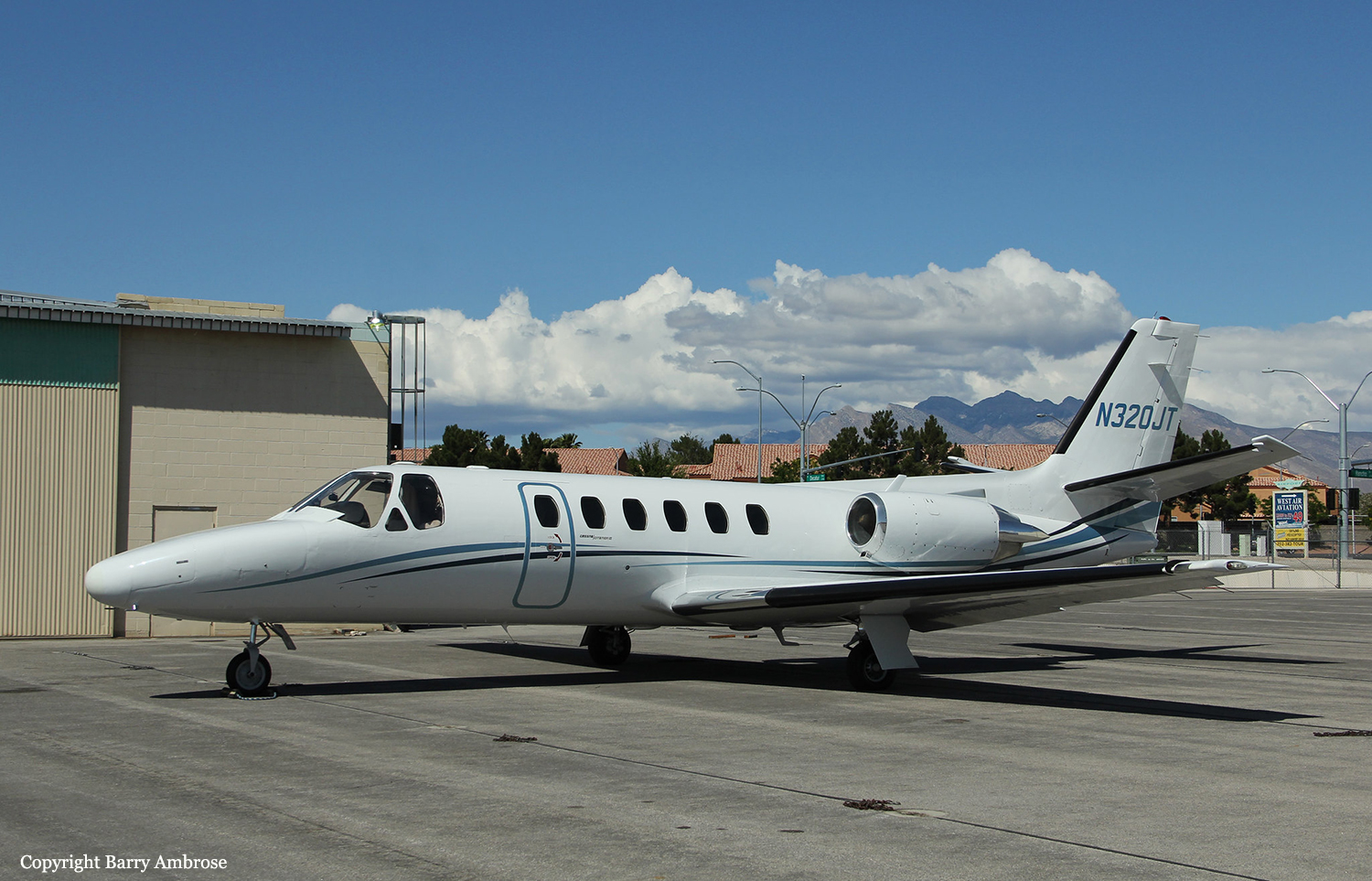

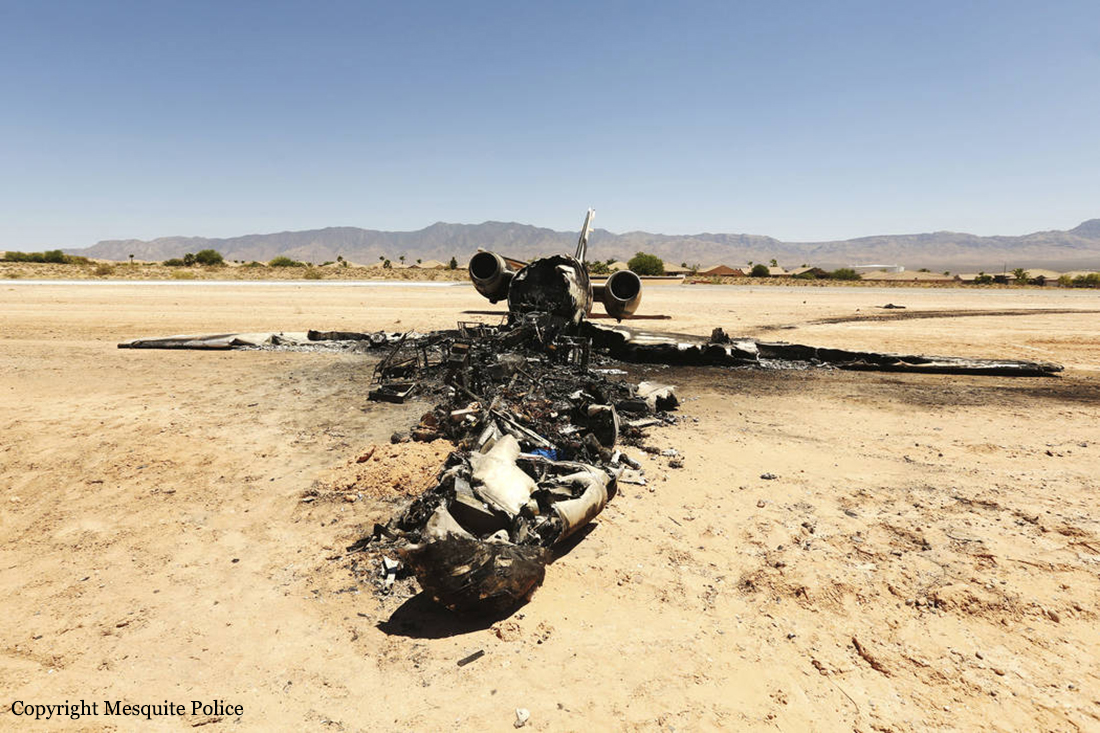
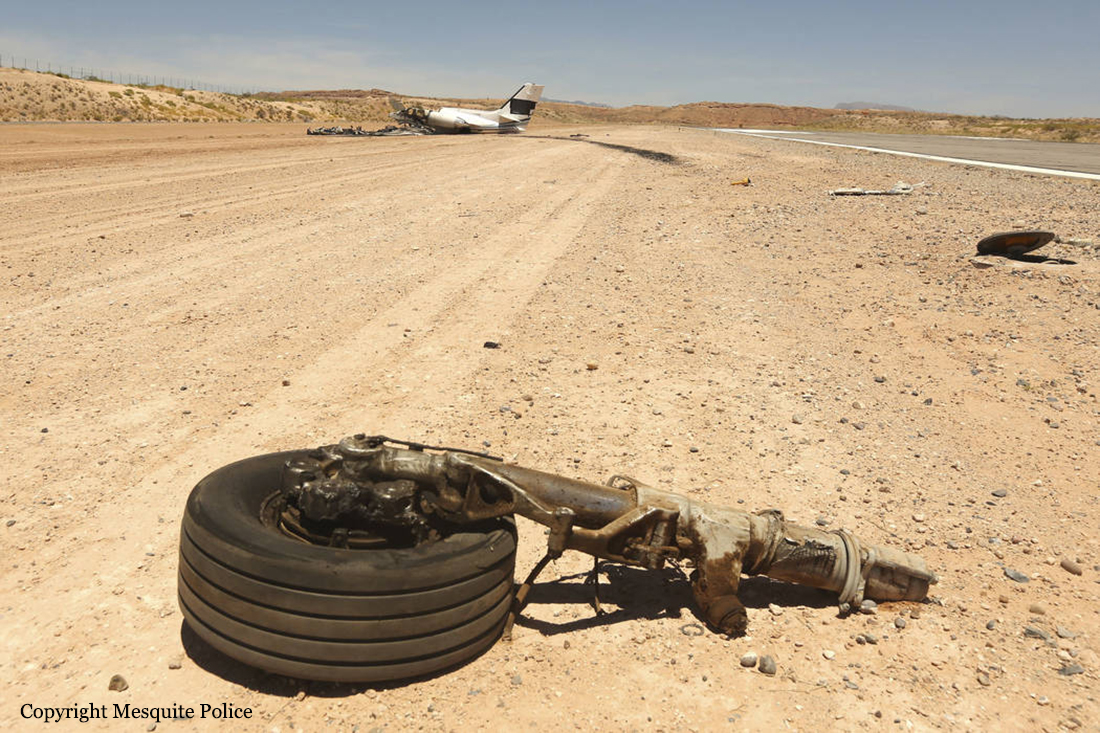
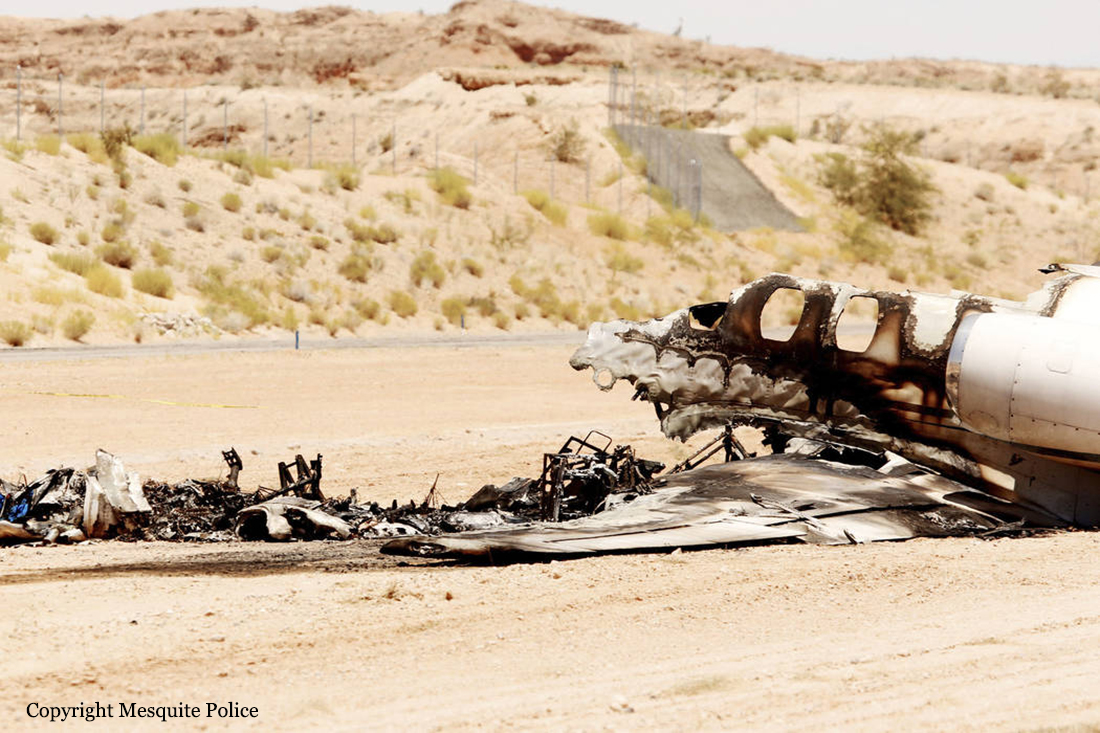

Crash of a De Havilland DHC-2 Beaver into Mistastin Lake: 7 killed
Date & Time:
Jul 15, 2019
Registration:
C-FJKI
Survivors:
No
Schedule:
Crossroads Lake - Mistastin Lake
MSN:
992
YOM:
1956
Crew on board:
1
Crew fatalities:
Pax on board:
6
Pax fatalities:
Other fatalities:
Total fatalities:
7
Captain / Total hours on type:
16000.00
Circumstances:
The single engine airplane was chartered by a provider based in Crossroads Lake (near Churchill Falls reservoir) to fly four fisherman and two guides to Mistastin Lake, Labrador. The aircraft was supposed to leave Crossroads Lake at 0700LT but the departure was postponed to 1000LT due to low ceiling. Several attempts to contact the pilot failed during the day and the SAR center based in Trenton was alerted. SAR operations were initiated and four days later, the location of the accident was reached but only four bodies were found. The body of the pilot and two passengers were never recovered as well as the wreckage.
Probable cause:
The aircraft had been seen floating in Mistastin Lake and later sank. To date, the wreckage has not been found. There is no radar coverage at low altitudes in the area, and the aircraft was flying in uncontrolled airspace and not in communication with air traffic services. Without any witnesses and without key pieces of the aircraft, the TSB is unable to conduct a full investigation into this accident. If the aircraft is found, the TSB will assess the feasibility of investigating the accident further.
Final Report:

Crash of a De Havilland DHC-2 Beaver near Lake Boulene: 3 killed
Date & Time:
Jul 12, 2019 at 1616 LT
Registration:
C-GRHF
Survivors:
Yes
Schedule:
St-Mathias - La Minerve - Barrage Goin - Weakwaten
MSN:
1123
YOM:
1957
Crew on board:
1
Crew fatalities:
Pax on board:
3
Pax fatalities:
Other fatalities:
Total fatalities:
3
Captain / Total hours on type:
314.00
Aircraft flight hours:
15040
Circumstances:
At approximately 1000LT on 12 July 2019, a private de Havilland DHC-2 Mk. 1 Beaver floatplane (registration C‑GRHF, serial number 1123) took off from the St-Mathias Water Aerodrome (CSV9), Quebec, with only the pilot on board, for a series of visual flight rules (VFR) flights. The aircraft landed at approximately 1130 on Désert Lake in La Minerve, Quebec, and came alongside a private dock where 3 individuals were waiting to board and fly to a fishing lodge. Once the baggage was stowed on the aircraft, the pilot provided a safety briefing to the passengers, who were all wearing a personal flotation device. The aircraft took off from Désert Lake at approximately 1215, bound for the Barrage Gouin Water Aerodrome (CTP3), Quebec, where the aircraft was scheduled to be refuelled. The aircraft landed at approximately 1430. Once the refuelling was complete, the aircraft took off once again around 1528, headed northwest to Weakwaten Lake, Quebec, where the fishing lodge was located. After approximately 48 minutes of flight, at around 1616, the aircraft collided with trees and struck the ground. There was no post-impact fire. The emergency locator transmitter was activated by the force of impact, and began transmitting a signal on frequency 121.5 MHz. This signal was detected by the flight crew of a commercial airliner at 1705 and reported to air traffic services. At 1850, the Joint Rescue Coordination Centre in Trenton dispatched a CC130 Hercules aircraft to try to locate the distress signal. The occurrence aircraft was found in a densely wooded area at 2032. Two search and rescue technicians were parachuted to rescue the aircraft occupants. Three of the 4 occupants received fatal injuries. The survivor was evacuated and transported to the hospital in Chibougamau, Quebec.
Probable cause:
Controlled flight into terrain following the pilot's decision to continue the flight at a relatively low speed and in a nose-up attitude, which reduced his field of vision.
Final Report:
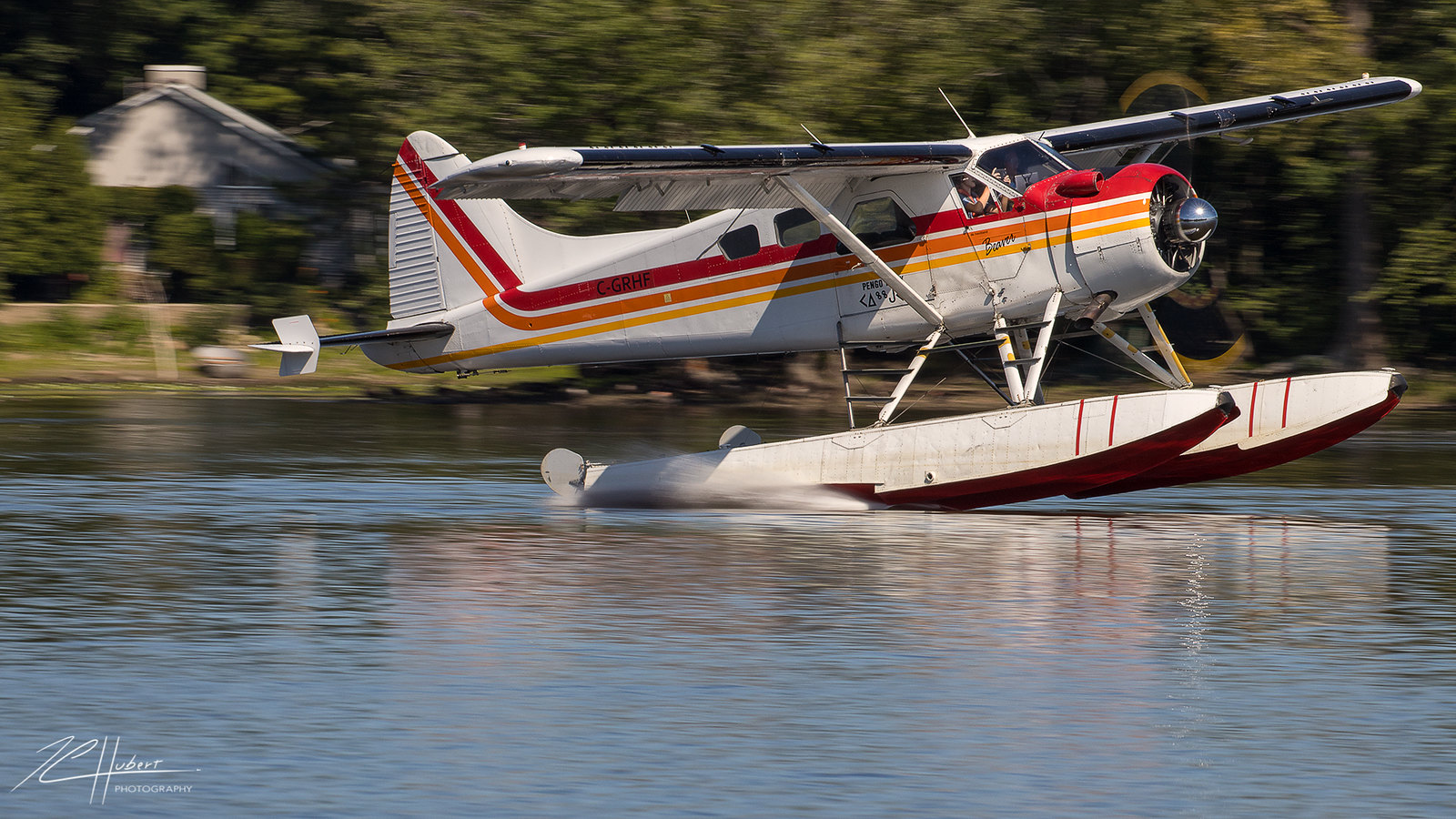
Crash of a De Havilland DHC-2 Beaver in Hawk Junction: 2 killed
Date & Time:
Jul 11, 2019 at 0853 LT
Registration:
C-FBBG
Survivors:
No
Schedule:
Hawk Junction - Oba Lake
MSN:
358
YOM:
1952
Crew on board:
1
Crew fatalities:
Pax on board:
1
Pax fatalities:
Other fatalities:
Total fatalities:
2
Captain / Total hours on type:
409.00
Aircraft flight hours:
17804
Circumstances:
On 11 July 2019, at approximately 0852 Eastern Daylight Time, the float-equipped de Havilland DHC-2 Mk. I Beaver aircraft (registration C-FBBG, serial number 358), operated by Hawk Air, departed from the Hawk Junction Water Aerodrome, on Hawk Lake, Ontario. The aircraft, with the pilot and 1 passenger on board, was on a daytime visual flight rules charter flight. The aircraft was going to drop off supplies at an outpost camp on Oba Lake, Ontario, approximately 35 nautical miles north-northeast of the Hawk Junction Water Aerodrome. The aircraft departed heading northeast. Shortly after takeoff, during the initial climb out, just past the northeast end of Hawk Lake, the aircraft crashed in a steep nose-down attitude, severing a power line immediately before impact, and coming to rest next to a hydro substation. The pilot and the passenger received fatal injuries. The aircraft was destroyed as a result of the impact, but there was no post-impact fire.
Probable cause:
Findings as to causes and contributing factors:
These are conditions, acts or safety deficiencies that were found to have caused or contributed to this occurrence.
1. The aircraft likely departed with the fuel selector set to the rear tank position,which did not contain sufficient fuel for departure. As a result, the engine lost power due to fuel starvation shortly after takeoff during the initial climb.
2. After a loss of engine power at low altitude, a left turn was likely attempted in an effort to either return to the departure lake or head toward more desirable terrain for a forced landing. The aircraft stalled aerodynamically, entered an incipient spin, and subsequently crashed.
Findings as to risk:
These are conditions, unsafe acts or safety deficiencies that were found not to be a factor in this occurrence but could have adverse consequences in future occurrences.
1. If aircraft are not equipped with a stall warning system, pilots and passengers who travel on these aircraft will remain exposed to an elevated risk of injury or death as a result of a stall at low altitude.
2. If air-taxi training requirements do not address the various classes of aircraft and operations included in the sector, there is a risk that significant type-, class-, or operation-specific emergency procedures will not be required to be included in training programs.
3. If seasonal air operators conduct recurrent training at the end of the season rather than at the beginning, there is a risk that pilots will be less familiar with required emergency procedures.
4. If air operators do not tailor their airborne training programs to address emergency procedures that are relevant to their operation, there is a risk that pilots will be unprepared in a real emergency.
5. If pilots and passengers do not use available shoulder harnesses, there is an increased risk of injury in the event of an accident.
These are conditions, acts or safety deficiencies that were found to have caused or contributed to this occurrence.
1. The aircraft likely departed with the fuel selector set to the rear tank position,which did not contain sufficient fuel for departure. As a result, the engine lost power due to fuel starvation shortly after takeoff during the initial climb.
2. After a loss of engine power at low altitude, a left turn was likely attempted in an effort to either return to the departure lake or head toward more desirable terrain for a forced landing. The aircraft stalled aerodynamically, entered an incipient spin, and subsequently crashed.
Findings as to risk:
These are conditions, unsafe acts or safety deficiencies that were found not to be a factor in this occurrence but could have adverse consequences in future occurrences.
1. If aircraft are not equipped with a stall warning system, pilots and passengers who travel on these aircraft will remain exposed to an elevated risk of injury or death as a result of a stall at low altitude.
2. If air-taxi training requirements do not address the various classes of aircraft and operations included in the sector, there is a risk that significant type-, class-, or operation-specific emergency procedures will not be required to be included in training programs.
3. If seasonal air operators conduct recurrent training at the end of the season rather than at the beginning, there is a risk that pilots will be less familiar with required emergency procedures.
4. If air operators do not tailor their airborne training programs to address emergency procedures that are relevant to their operation, there is a risk that pilots will be unprepared in a real emergency.
5. If pilots and passengers do not use available shoulder harnesses, there is an increased risk of injury in the event of an accident.
Final Report:
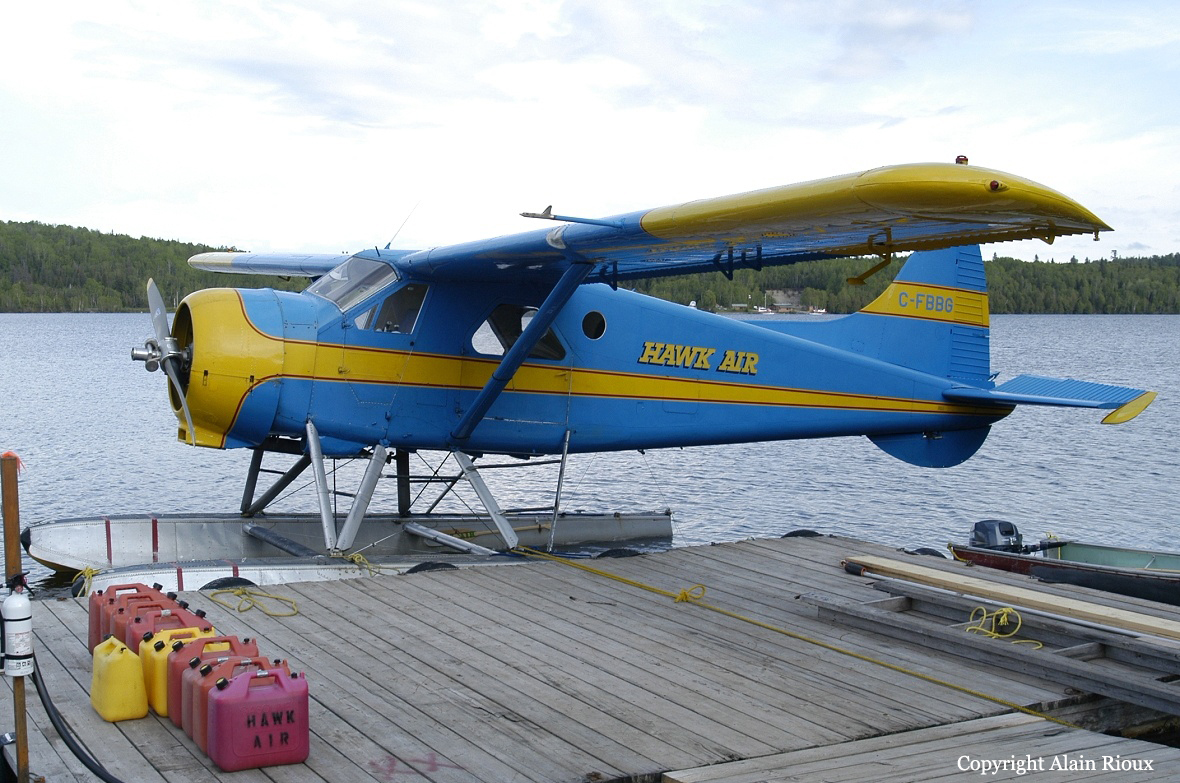

Crash of a Cessna 208B Grand Caravan in Bethel
Date & Time:
Jul 8, 2019 at 1505 LT
Registration:
N9448B
Survivors:
Yes
Schedule:
Newtok – Bethel
MSN:
208B-0121
YOM:
1988
Flight number:
GV262
Crew on board:
1
Crew fatalities:
Pax on board:
5
Pax fatalities:
Other fatalities:
Total fatalities:
0
Captain / Total hours on type:
787.00
Aircraft flight hours:
21206
Circumstances:
The commercial pilot was conducting a visual flight rules scheduled passenger flight with five passengers. During the return leg to the company’s base airport, the pilot requested, and was given clearance to, a short gravel runway of 1,858 ft that terminated at parallel cross-runways and had inbound airplanes. The wind was reported as variable at 3 knots, and the outside air temperature was 88°F which was 25° warmer than usual. The pilot stated that he conducted a steeper than normal approach and performed a normal 30° flap landing flare; however, the airplane floated halfway down the runway. He initiated a go-around by advancing the throttle to takeoff power and retracting the flaps to 20° as the main landing gear briefly touched down. Automatic dependent surveillance-broadcast (ADS-B) data indicated that the airplane arrived 0.1 mile from the runway threshold at 149 ft above ground level (agl) and 110 knots of ground speed, which was 32 knots faster than the short field landing approach speed listed in the pilot operating handbook. A witness in the air traffic control tower (the ground controller) stated that the airplane “bled off a lot of airspeed,” during the landing attempt and climbed out in a very flat profile. The tower local controller stated that after liftoff, the airplane’s right wing dropped and the airplane appeared to be turning right into conflicting landing traffic, so he twice instructed the airplane to “left turn out immediately.” The pilot stated that he attempted to comply with the tower controller’s instruction, but when he applied left aileron, the airplane appeared to stall, rolled rapidly right, and descended in a right-wing-low attitude. It subsequently impacted the surface between runways. A postimpact fire ensued, and the pilot helped the passengers egress. The airplane was destroyed by postimpact fire. Given the evidence, it is likely that the pilot decided to land on the short runway to expedite the arrival and did not perform an appropriate short field landing approach, which resulted in excessive airspeed and altitude over the runway threshold, a long landing flare, rapid deceleration, and a self-initiated go-around from a slow airspeed. Had the pilot initiated the go-around as he approached the runway with indications of an unstable visual approach, the airspeed would have been well above stall speed, which would have allowed for the desired positive climb out on runway heading. The pilot likely attempted to comply with the tower local controller’s urgent commands to turn while the airplane was near the limit of performance (the temperature was about 25 degrees warmer than average, which would have resulted in a higher density altitude than the pilot was accustomed to and degraded aircraft and engine performance). The pilot’s maneuvering resulted in the exceedance of the critical angle-of-attack of the high wing (right wing) during the left turn, and an aerodynamic stall.
Probable cause:
The pilot’s failure to maintain adequate airspeed while maneuvering during an attempted go around, which resulted in an exceedance of the airplane's critical angle of attack and an aerodynamic stall at low altitude. Contributing to the accident, was the pilot’s decision to perform an approach to a short runway at an excessive airspeed and his late decision to perform a go-around, which resulted in a slow climb at a reduced safe margin above stall airspeed.
Final Report:
